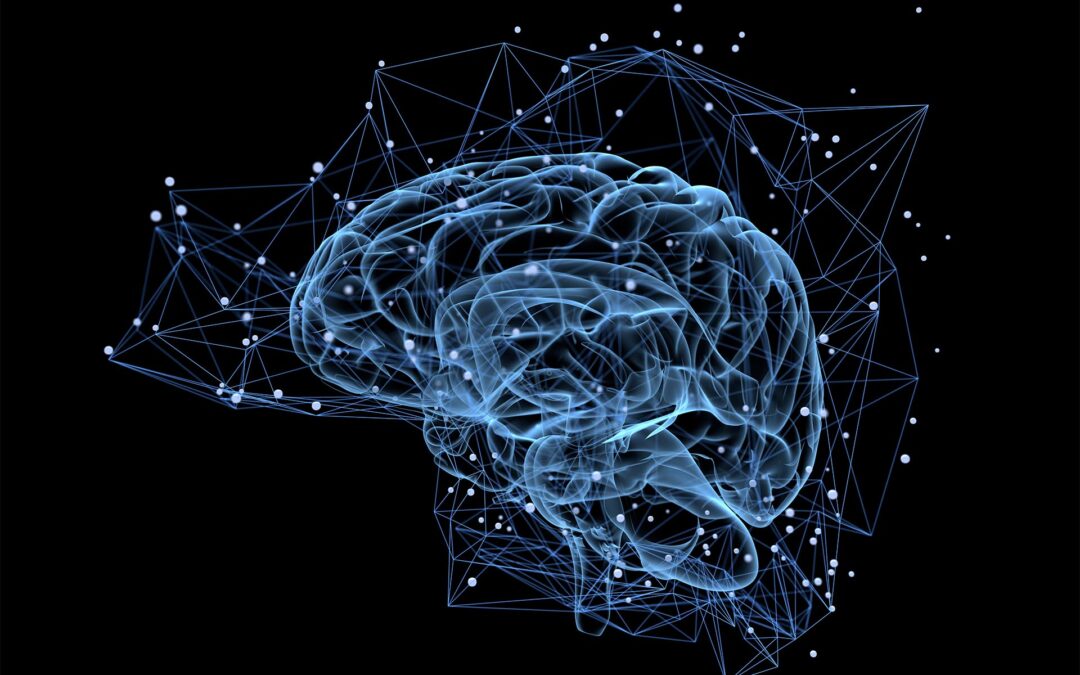Admittedly, this question is initially hypothetical
Brain organoids are 3D tissue models that replicate one or more regions of the brain. They can overcome the shortcomings of conventional post-mortem brain tissue and animal brain tissue models and provide clinically relevant results. Brain organoids offer great potential for understanding brain development and neuronal diseases. They are predominantly used to study genetic diseases and the effects of compounds.
Brain organoids are generated from human induced pluripotent stem cells (hiPSCs). When cultured in the appropriate media with the appropriate combination of signaling factors, the stem cells differentiate into various neuronal cells that mature over time and resemble structures of brain regions such as the forebrain (prosencephalon) or midbrain (mesencephalon). Takahashi et al. first succeeded in producing such hiPSCs from cells taken from mice in 2006 (1) and from human somatic cells in 2007 (2).
In the past two decades, the ECJ has issued a series of landmark decisions (3) defining the framework within which biotechnological inventions in general and those involving the use of stem cells are patentable. The provisions of the EU Biotechnology Directive (4), take into account two aspects in particular, namely the protection of embryos and the human body as a whole, and the preservation of human dignity, which are decisive in this respect.
No consumption of human embryos
The main difference between hiPSCs and human embryonic stem cells (hESCs) is that their derivation does not require the destruction of embryos. Instead, soma cells are re-differentiated and can then be readily used as hiPSCs or reprogrammed to another cell type. Thus, concerns prohibiting the use of human embryos for industrial or commercial purposes do not apply (5).
No patenting of the human body
Further concerns could arise from the fact that the human body in its entirety is excluded from patent protection at the various stages of its formation and development (6). This also includes its germ cells. Thus, the human being as such is to be removed from patent protection. But neither for isolated brain organoids nor for assembles of organoids of different organs on one carrier („human-on-a-chip“) do these considerations apply, since they lack any possibility of developing into a complete human being.
No violation of human dignity – so far
The aspect of respecting human dignity is regulated in the Biotechnology Directive on the protection of public order and morality (“ordre public) (7). Concrete examples of matters that are excluded from patenting are procedures for cloning, procedures for interfering with the germ line or the industrial use of human embryos. The genetic modification of animals is also excluded if it leads to inadmissible suffering. However, the degree of acceptance is left open. Nobody knows what kind of suffering the well-known cancer mouse has to endure; what is essential in the sense of the legislator is its outstanding importance as an in-vivo system for testing cancer drugs.
Whether human dignity is violated by patenting brain organoids is linked to the question at which stage of development such tissues are. Relevant could be the independent perception of pain and stress, which is assumed to occur in fetuses around the 20th week of pregnancy, while the development of a consciousness is not assumed until its 25th week. Since the brain itself has no pain receptors, this necessarily applies to brain organoids as well. The perception of pain as a violation of public order is therefore ruled out.
It could be different with the development of a consciousness. Even if the literature so far assumes that brain organoids are currently still far from this point , it excluded that this will have to be reassessed in future if more complex organoids can be produced. In this context, the development of a consciousness – however one wants to measure this – will not automatically lead to a ban on patenting. This only comes into question if the expression exceeds a threshold that has yet to be defined. But the considerations to be made at this moment regarding the protection of human dignity would undoubtedly have explosive implications for possible patent protection because of the proximity of the capabilities in question to humans or animals.
This blog post includes theses of the paper „Patentability of brain organoids produced from iPSZ“ by H. Wolff from GRUR 124, p1473-1552 (2022).
1. Cell 2006, 663
2. Cell 2007, 861
3. For example: C-377/98 (Niederland/Pat & Rat); C-34/10 (Brüstle/Greenpeace); C 364-13 (ISCO/Comptroller)
4. In detail: DIRECTIVE 98/44/EC OF THE EUROPEAN PARLIAMENT AND OF THE COUNCIL of July 6, 1998 on the legal protection of biotechnological inventions.
5. Art 6 II lit. C BioPatRL
6. Art 5 I BioPatRL
7. Art 6 I BioPatRL

